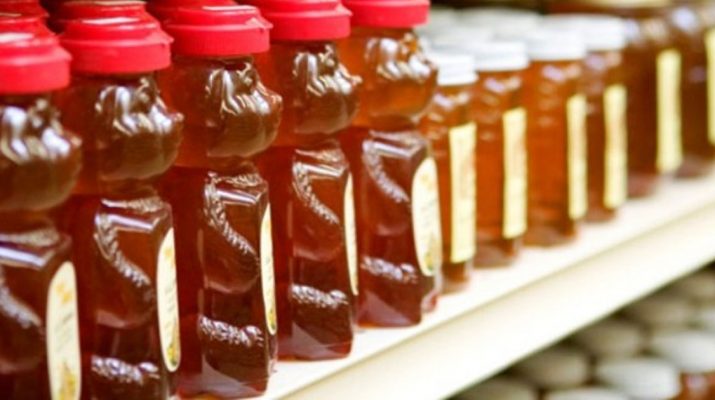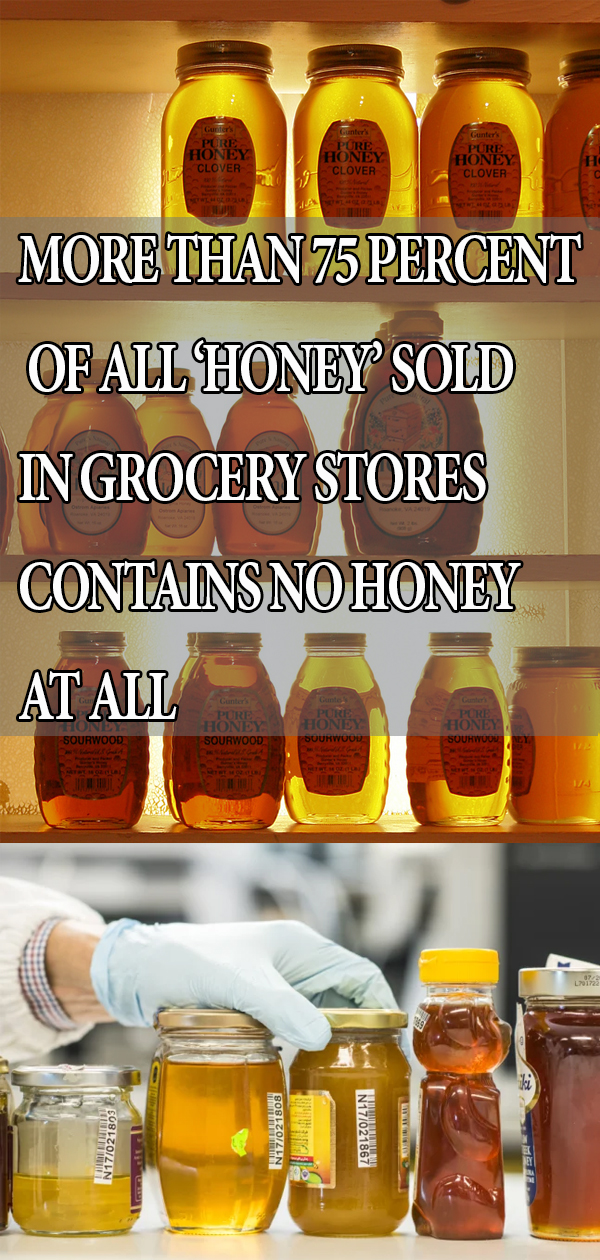Honey is an invaluable natural product with countless health benefits. It has potent antibacterial, antiviral, and antifungal properties, and contains about 20 vitamins, 18 amino acids, 16 minerals, and a ton of antioxidants and phytonutrients.
However, not all honey types we find in grocery stores are the same. Unfortunately, there are numerous brands that sell adulterated honey, which does not offer the same medicinal properties of the raw, organic one.
An investigation of the honey market conducted by Food Safety News found that 76% of all honey sold at grocery stores have undergone a process called “ultrafiltration,” which eliminates not only impurities like wax but also all traces of pollen.
Yet, numerous experts believe that those impurities and pollen are actually beneficial for our health, and what’s more, the entire process does not seem to provide any benefits, since it is expensive and does not significantly improve shelf-life.
However, pollen is the only sure-fire way to trace the source of honey to geographic location, so ultrafiltration is often done in order to mask the shady origins of the honey.
Food Safety News honey samples were sent to premier melissopalynologist and professor at Texas A&M University, Vaughn Bryant, and he found that ¾ of the tested samples contained no pollen, so they were not safe and identifiable. He also found that:
- All Winnie the Pooh honey sold in Walmart stores had all pollen removed.
- All honey from individual packets from KFC and McDonald’s had all pollen removed.
- All honey from drugstores like Walgreen’s and CVS Pharmacy had all the pollen removed.
- 77 percent of honey from big box stores like Costco, Sam’s Club, and Target had no traces of pollen.
On the other hand, he found that honey bought from co-ops, farmers markets and stores like Trader Joes contained the full amount of original pollen.
Despite all the requests for the FDA to prevent the sale of adulterated honey in grocery shelves, they still haven’t done any step to ban it, while the EU has just changed labeling regulations to require that honey containers list “pollen” as an ingredient when it is one.
There are also some simple tests you can do at home and check if the honey you have purchased is organic or adulterated, such as the following:
— Thumb Test- put a small drop of honey on the thumb, and see if it spills or spreads around. If it does, it has been adulterated, since pure, organic honey stays intact on the thumb.
— Flame test- Dip a dry matchstick in the honey, strike it on the matchbox as if to light it, and if it lights with ease, the honey is pure, and the flame will keep burning. Yet, fake honey contains moisture, so it will not light
— Water test- Fill a glass with water, and add a tablespoon of honey into it. If the honey starts dissolving around the glass, it is adulterated or artificial, and pure honey, on the other hand, will settle right at the bottom of the glass.
However, at least for now, we recommend buying honey from farmers’ markets and natural food stores, in order to be able to reap the benefits of this natural miracle.


